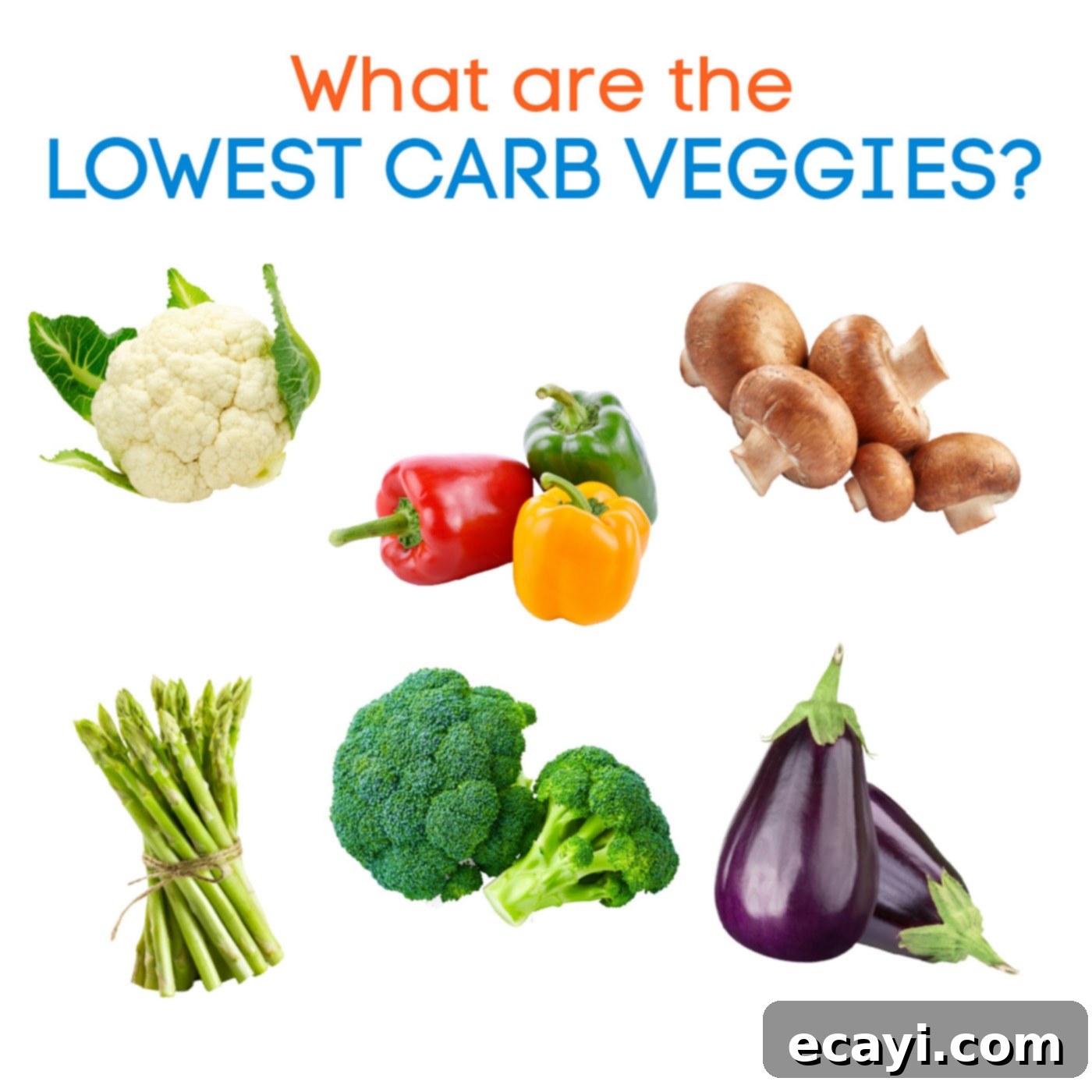The Essential Guide to Low-Carb Vegetables: Boosting Your Health & Diet Success
Embarking on a low-carb journey can be a transformative step towards better health, whether your goal is sustainable weight loss, effective blood sugar management, or simply adopting a more nutritious way of eating. This dietary approach emphasizes reducing carbohydrate intake, prompting your body to burn fat for fuel. A cornerstone of any successful low-carb plan is selecting the right vegetables – those nutrient-dense powerhouses that provide essential vitamins, minerals, and fiber without spiking your carb count. Understanding which vegetables to prioritize and which to enjoy in moderation is crucial for maximizing your results and ensuring your diet remains both enjoyable and effective.
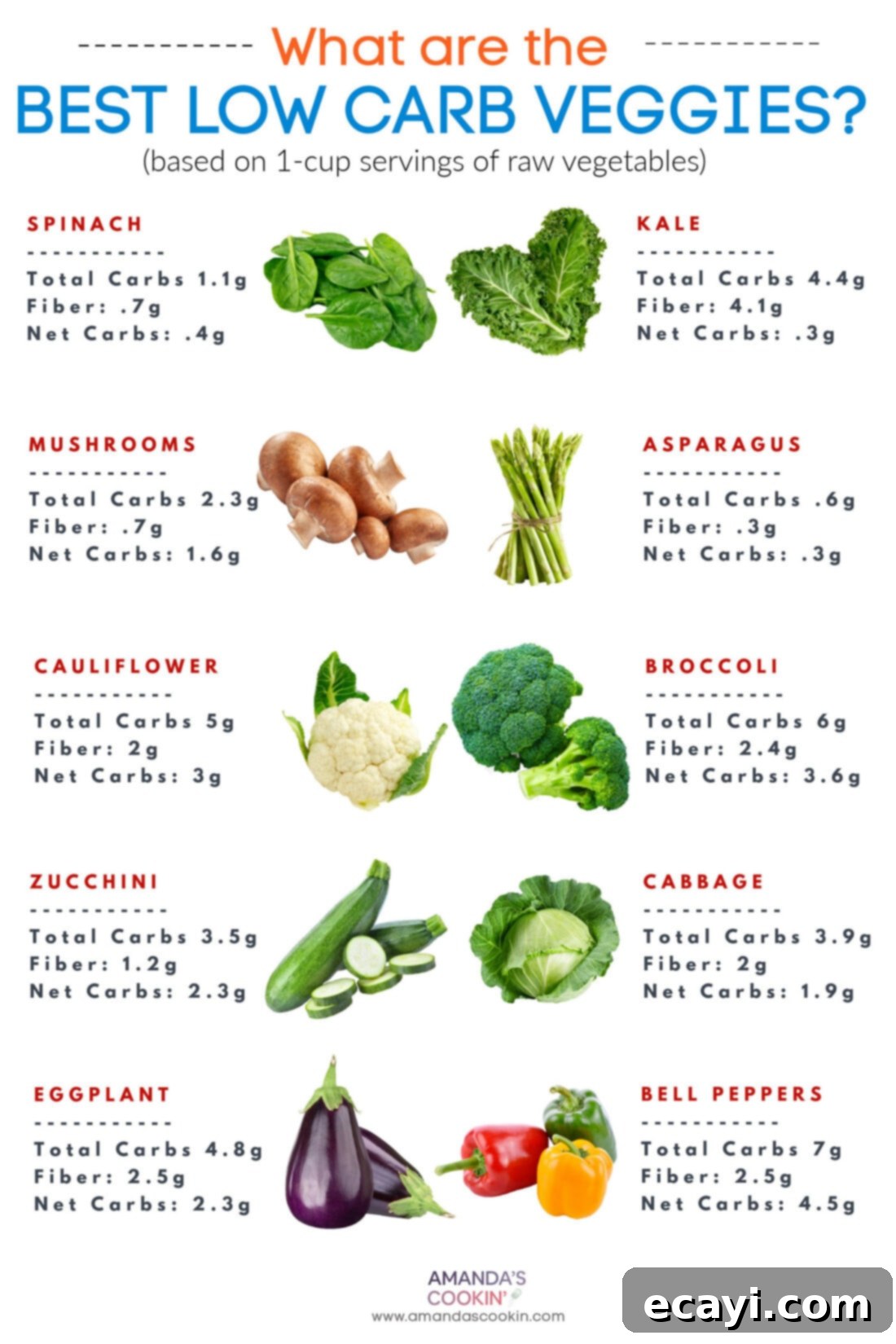
Your Comprehensive Guide to Low-Carb Vegetables: The Best & Those to Limit
Navigating the produce aisle on a low-carb diet can sometimes feel overwhelming with so many options available. However, there’s a straightforward guideline that can simplify your choices: generally, vegetables that grow above ground, such as leafy greens, zucchini, and bell peppers, are excellent low-carb selections. Conversely, vegetables that grow below ground, like potatoes, parsnips, and sweet potatoes, tend to be higher in carbohydrates due to their starch content. This simple rule of thumb can be incredibly helpful when planning your meals and grocery list.
In this detailed guide, we’ll delve into the world of low-carb vegetables, offering insights into how fiber impacts carb counts and highlighting the best low-carb options to embrace fully. We will also identify common high-carb vegetables that should be consumed sparingly, along with delicious low-carb substitutes to keep your meals varied and exciting. By the end of this article, you’ll be equipped with the knowledge to make informed decisions, ensuring you can confidently achieve your low-carb dietary goals.
Understanding Net Carbs: How Fiber Influences Your Carb Count
Before we dive into specific vegetables, let’s clarify a fundamental concept for any low-carb diet: net carbs. Often referred to as digestible carbs, net carbs represent the total amount of carbohydrates in food that your body can actually absorb and convert into glucose. The reason this distinction is important is due to fiber. Most carbohydrates are broken down into simple sugars in your small intestine, which then enter your bloodstream. However, fiber behaves differently.
Fiber is a type of carbohydrate that your body cannot fully digest or absorb. Instead of being broken down into sugars, dietary fiber largely passes through your digestive system relatively intact, traveling directly to the colon. This unique characteristic is why fiber can be subtracted from the total carbohydrate count listed on a nutrition label to determine the net carbs. Foods rich in fiber not only have a lower net carb impact but also offer a host of health benefits crucial for a low-carb lifestyle.
For example, if a food label states that a serving contains 22 grams of total carbohydrates and 8 grams of fiber, you would calculate the net carbs by subtracting the fiber from the total carbs: 22g – 8g = 14g net carbs. This simple calculation allows you to accurately track your digestible carb intake, which is paramount for staying in ketosis or maintaining stable blood sugar levels.
Beyond its impact on carb counting, fiber-rich foods are incredibly beneficial for those on a low-carb diet. They are known to promote a feeling of fullness and satiety, which can naturally lead to reduced calorie intake and aid in weight loss. Furthermore, fiber helps regulate digestion, supports a healthy gut microbiome, and plays a vital role in stabilizing blood sugar levels, preventing the rapid spikes and crashes often associated with high-carb foods. Incorporating plenty of high-fiber, low-net-carb vegetables is therefore a strategic move for anyone committed to a successful low-carb diet.
Top 10 Best Low Carb Vegetables to Add to Your Diet
Important Note: The following net carb numbers are based on RAW 1-cup servings, providing a baseline for comparison. Cooking methods and added ingredients can alter these values.
Here are the top 10 best low carb vegetables, rich in nutrients and low in net carbs, perfect for incorporating generously into your daily diet:
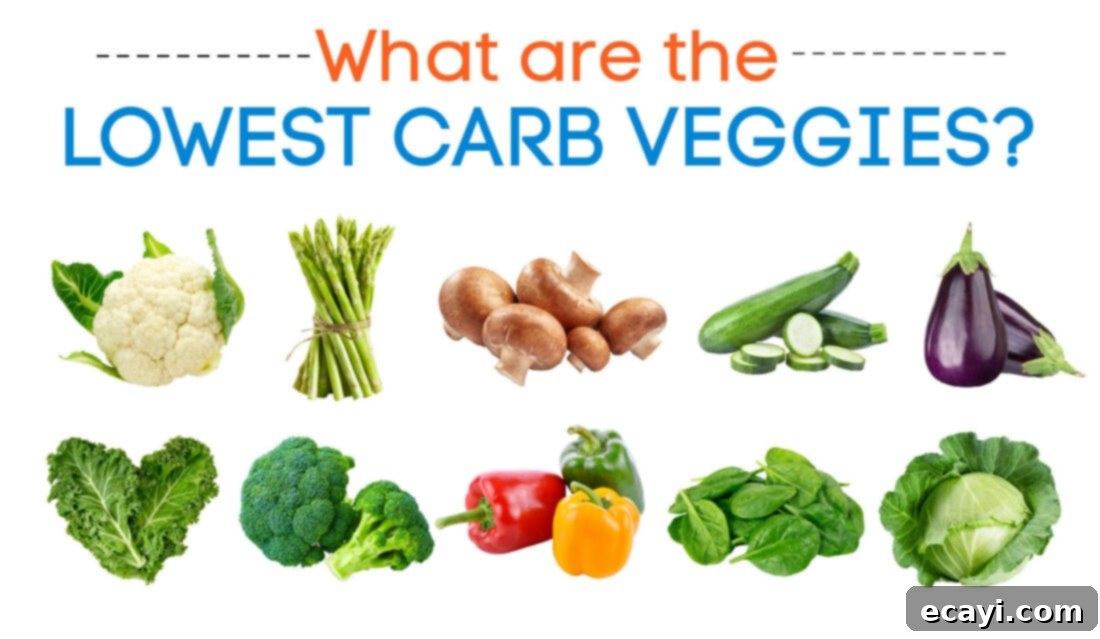
1. Spinach
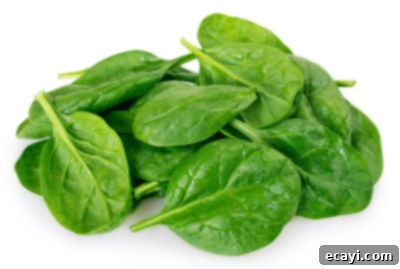
As one of the world’s most versatile and popular leafy greens, spinach is an absolute nutritional powerhouse, making it a staple for any healthy diet, especially low-carb ones. It’s incredibly low in calories and carbohydrates, yet bursting with essential vitamins like A, C, and K, as well as vital minerals such as iron and folate, and a plethora of antioxidants. Spinach can be enjoyed in countless ways, from fresh salads to sautéed side dishes, blended into smoothies, or incorporated into soups and stir-fries, offering a mild flavor that complements a wide range of dishes.
See all of our recipes using spinach.
Serving Size: 1 cup
Net Carbs: 0.4 grams
2. Kale
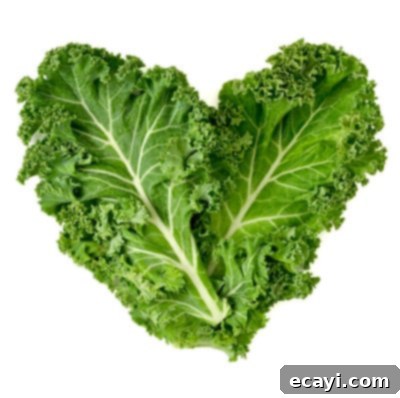
Often hailed as the “king of greens,” kale is unequivocally one of the most nutrient-dense foods on the planet, making it an exceptional choice for low-carb dieters. This leafy green is loaded with an impressive array of vitamins, minerals, and potent plant compounds. A single cup of raw kale can provide you with more than your daily recommended intake of vitamins A, C, and K, along with significant amounts of B vitamins, calcium, and potassium. Its robust flavor and texture make it perfect for hearty salads, baked kale chips, or as a vibrant addition to stir-fries and roasted vegetable medleys.
See all of our recipes using kale.
Serving Size: 1 cup
Net Carbs: 0.3 grams
3. Mushrooms
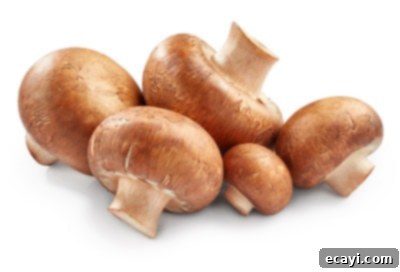
Often considered a vegetable, mushrooms are actually a fungi, but their nutritional profile and low-carb nature make them an ideal component of a healthy diet. They are an excellent low-calorie source of dietary fiber, plant-based protein, B vitamins, selenium, and powerful antioxidants. Incorporating mushrooms into your meals is known to support cognitive function and brain health, contribute to a reduced risk of heart disease, and help boost natural energy levels. Their earthy umami flavor enhances everything from stir-fries and omelets to stuffed peppers and grilled skewers, providing a satisfying texture without adding significant carbs.
See all of our recipes using mushrooms.
Serving Size: 1 cup
Net Carbs: 1.5 grams
4. Asparagus
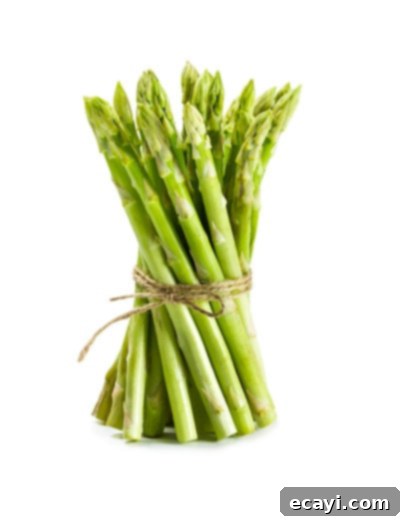
Asparagus stands out as an outstanding low-calorie, nutrient-dense vegetable that should be a staple in any diet focused on health and weight management. These tender green spears are an excellent source of vitamins K, A, C, and folate, as well as essential minerals and powerful antioxidants. Known for their unique flavor, asparagus offers significant health benefits, including supporting healthy digestion due to its fiber content, contributing to decreased blood pressure, and even boosting brain health through its nutrient profile. It’s incredibly versatile, delicious when roasted, steamed, grilled, or sautéed as a side dish, or added to omelets and salads.
See all of our recipes using asparagus.
Serving Size: 1 cup
Net Carbs: 0.3 grams
5. Cauliflower
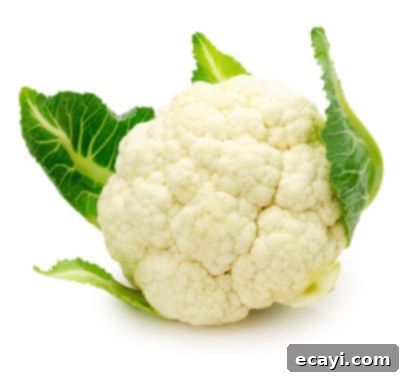
In recent years, cauliflower has rightfully earned its reputation as the “holy grail” of the low-carb and keto worlds. This incredibly versatile cruciferous vegetable is remarkably low in calories and carbohydrates, yet packed with nearly every essential vitamin and mineral, including a significant amount of vitamin C and K. Its neutral flavor and adaptable texture make it an unparalleled substitute for higher-carb ingredients. From pizza dough and creamy mashed potatoes to rice and even roasted “steaks,” cauliflower seamlessly integrates into countless recipes, helping low-carb dieters enjoy familiar comforts without compromising their dietary goals. If you’re new to the low-carb lifestyle, get ready to become very familiar with this amazing vegetable.
See all of our recipes using cauliflower.
Serving Size: 1 cup
Net Carbs: 3 grams
6. Broccoli
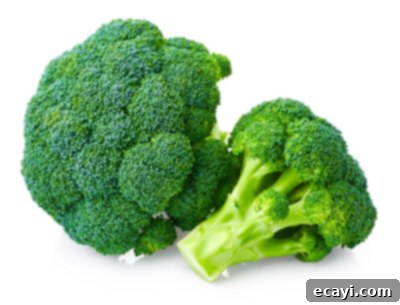
This iconic “superfood” is another prominent and highly beneficial member of the cruciferous vegetable family, alongside cauliflower. Broccoli is celebrated for its impressive nutritional density, being generously packed with dietary fiber, plant-based protein, vitamins C and K, and a host of minerals such as potassium and iron. Its rich antioxidant content, including sulforaphane, offers powerful anti-inflammatory and cancer-fighting properties. With its distinct florets and stalks, broccoli can be enjoyed raw in salads, steamed as a simple side, roasted to perfection, or added to casseroles and soups, making it an incredibly healthy and low-carb addition to any diet.
See all of our recipes using broccoli.
Serving Size: 1 cup
Net Carbs: 3.5 grams
7. Zucchini
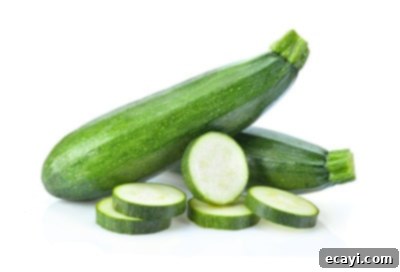
As the most popular and widely recognized type of summer squash, zucchini is a beloved low-calorie vegetable, especially during the warmer months when it’s abundant. This versatile veggie is rich in a myriad of different nutrients and antioxidants, including significant amounts of vitamin C, potassium, and manganese. Zucchini offers impressive health benefits such as promoting healthy digestion due to its high water and fiber content, helping to reduce blood sugar levels, and supporting overall gut health. It can be spiraled into “zoodles” as a pasta alternative, grilled, sautéed, baked into low-carb breads, or simply added to almost any dish for a mild, refreshing boost.
See all of our recipes using zucchini.
Serving Size: 1 cup
Net Carbs: 2 grams
8. Cabbage
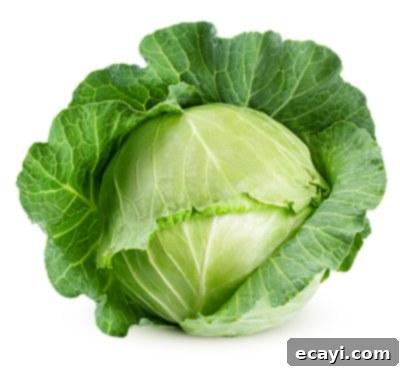
While often overshadowed by its more popular cruciferous cousins, cabbage boasts an impressively rich nutrient content that makes it a fantastic and often underestimated low-carb vegetable. This humble vegetable is densely packed full of vitamins K and C, folate, dietary fiber, and powerful antioxidants, including various plant compounds that support detoxification. Cabbage contributes to a healthy digestive system, helps reduce inflammation, and can even support heart health. Its crisp texture and mild flavor make it incredibly versatile, suitable for use in slaws, stir-fries, soups, fermented as sauerkraut, or simply steamed as a nutritious side dish.
See all of our recipes using cabbage.
Serving Size: 1 cup
Net Carbs: 2 grams
9. Eggplant
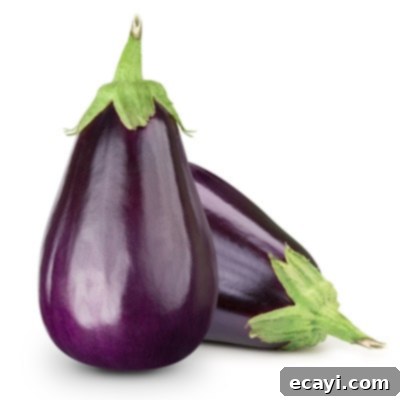
Beyond its striking deep purple hue, eggplant is a wonderfully nutritious and low-carb friendly vegetable. It’s rich in a wide variety of vitamins and minerals, including manganese, potassium, and B vitamins, but it truly shines with its incredibly high content of dietary fiber and potent antioxidants, particularly nasunin, which gives it its characteristic color. The impressive health benefits of eggplant include robust digestion support, improved heart health through its fiber and potassium content, and potential cancer prevention properties attributed to its antioxidants. Its spongy texture makes it excellent for absorbing flavors, making it a great base for low-carb lasagna, grilled slices, or roasted vegetable dishes.
See all of our recipes using eggplant.
Serving Size: 1 cup
Net Carbs: 2.3 grams
10. Bell Peppers

Also known as capsicums, these vibrant and crunchy vegetables are a fantastic addition to any low-carb diet. Bell peppers are loaded with beneficial antioxidants, particularly carotenoids, and an astounding amount of vitamins. Just one medium-sized red bell pepper, for example, can contain an incredible 317% of the Reference Daily Intake (RDI) of Vitamin C, surpassing oranges. They are also a good source of Vitamin B6 and folate. Bell peppers are best known for their ability to reduce inflammation, protect the body from oxidative stress, and support eye health. Their sweet and mild flavor makes them excellent raw in salads or with dips, stir-fried, roasted, or stuffed, adding color, crunch, and a powerful nutrient boost to your meals.
See all of our recipes using bell peppers.
Serving Size: 1 cup
Net Carbs: 4.5 grams
High Carb Vegetables to Consume in Moderation (and Their Low-Carb Swaps)
Important Note: The following net carb numbers are based on RAW 1-cup servings. While these vegetables offer valuable nutrients, their higher carbohydrate content means they should be enjoyed sparingly on a strict low-carb diet.
Here are some of the vegetables with a higher carbohydrate count, along with excellent low-carb substitutes to help you stay on track:
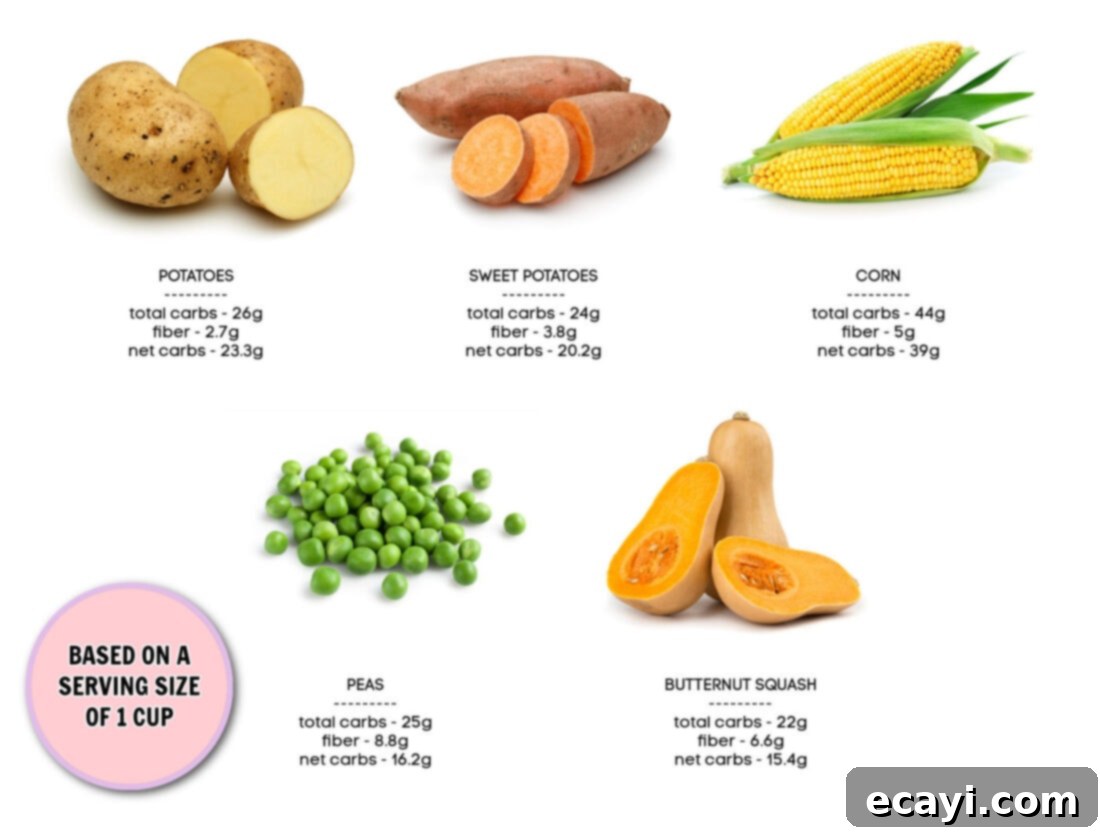
1. Butternut Squash
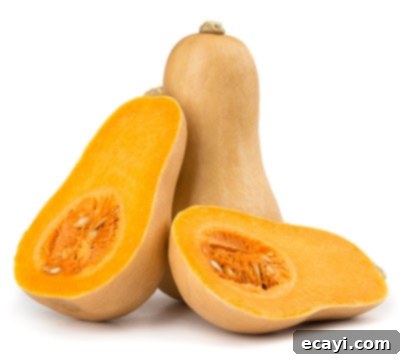
A quintessential favorite during the autumn and winter months, butternut squash is a delightfully sweet and flavorful vegetable that’s often roasted and served in both sweet and savory applications, like hearty slow cooker butternut squash soup or even wholesome butternut squash oatmeal. While it’s rich in powerful antioxidants, vitamins A and C, and a good amount of fiber, its natural sweetness comes with a higher carbohydrate load. Though not as carb-heavy as its cousin, acorn squash, it still requires moderation on a strict low-carb diet.
Substitutes for Butternut Squash: For a delicious and significantly lower-carb alternative, consider spaghetti squash, which can be scraped into pasta-like strands, or zucchini, which offers a similar texture when roasted or pureed in soups. Both provide versatility without the high carb count.
Serving Size: 1 cup
Net Carbs: 15 grams
2. Peas
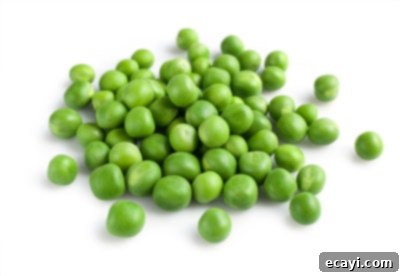
Frequently found in stir-fries, salads, and as a simple side, peas are undeniably nutritious foods, brimming with fiber, vitamins, and antioxidants. Technically, peas are classified as legumes, not vegetables, due to their growth in pods, but they are commonly grouped with other green vegetables in culinary contexts. Despite their nutritional value, their sugar and starch content makes them higher in carbohydrates than many other green options, so portion control is key for low-carb enthusiasts.
Substitutes for Peas: Excellent low-carb alternatives for peas include crisp green beans, which offer a satisfying crunch with far fewer net carbs. Edamame, another legume but with a more favorable carb-to-protein ratio, can also be a good substitute in moderation. Broccoli florets can also mimic the small, bite-sized quality in some dishes.
Serving Size: 1 cup
Net Carbs: 16 grams
3. Corn
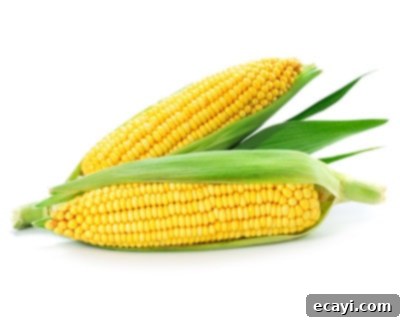
Corn is a unique ingredient, often treated as both a vegetable and a grain (specifically a starchy vegetable), and it serves as a fantastic source of dietary fiber, alongside a wealth of vitamins and minerals. Whether it’s grilled on the cob during summer barbecues or incorporated into various dishes, corn is undoubtedly delicious. However, its natural sweetness and starchy composition mean it’s quite high in carbohydrates, making it a food that requires careful monitoring and moderation for those on a low-carb diet. Its sugar content can quickly add up, potentially disrupting ketosis.
Substitutes for Corn: Depending on the dish you’re preparing, there are several effective low-carb substitutes for corn. In salads or salsas, consider using cauliflower rice for a similar texture and a much lower carb count, or opt for crisp snow peas. If you’re looking to replicate that distinct corn flavor in a recipe without the carbs, a few drops of corn extract can sometimes do the trick in sauces or baked goods where the flavor is paramount.
Note: 1 cup of raw corn kernels is approximately equal to 2 ears of corn.
Serving Size: 1 cup
Net Carbs: 39 grams
4. Sweet Potatoes
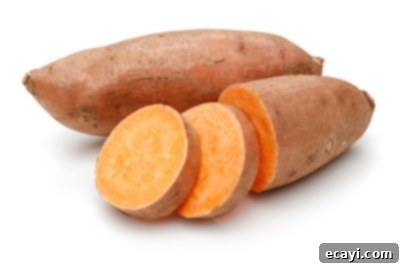
Often lauded as a superfood due to its exceptional nutrient content, sweet potatoes are arguably the most popular carbohydrate source in the health-conscious food world. They are rich in fiber, vitamins A and C, and various minerals, renowned for their ability to support gut health, boost immunity, and provide sustained energy. Despite these impressive benefits, the natural sugars and starches present in sweet potatoes make them quite high in carbohydrates. This means that while they are healthy, they need to be consumed with careful consideration and strict portion control by low-carb dieters to avoid exceeding daily carb limits.
Substitutes for Sweet Potatoes: For those seeking lower-carb swaps, pumpkin can offer a similar sweetness and texture when roasted or pureed. Butternut squash is another excellent choice with a comparable flavor profile but fewer carbs. Jicama, a root vegetable with a crisp texture, can also serve as a refreshing and significantly lower-carb alternative, particularly when used raw or lightly cooked.
Serving Size: 1 cup
Net Carbs: 20 grams
5. Potatoes
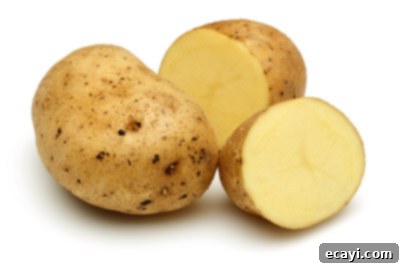
As one of the most versatile and globally consumed foods, potatoes are true culinary rockstars, serving as a fantastic source of potassium, vitamin C, vitamin B6, and dietary fiber. They can be prepared in an astonishing number of ways—baked, boiled, fried, mashed—and are a beloved staple in countless cuisines. However, their high starch content translates to a very high carbohydrate count, placing them firmly in the “eat in moderation” category for anyone committed to a low-carb diet. While nutritious, their significant impact on blood sugar and carb intake necessitates mindful consumption.
Substitutes for Potatoes: To enjoy potato-like textures and flavors with significantly fewer carbs, consider excellent swaps like turnips, radishes (especially when roasted, they lose their peppery bite), jicama, and rutabaga. These root vegetables can be mashed, roasted, or boiled to mimic traditional potato dishes, providing a satisfying alternative without derailing your low-carb efforts.
Serving Size: 1 cup
Net Carbs: 23 grams
Embracing a low-carb diet doesn’t mean sacrificing the joy and nutritional benefits of vegetables. Instead, it encourages a more intentional approach to your food choices. By understanding the net carb content and focusing on nutrient-dense, above-ground options, you can build a diverse and delicious meal plan that fully supports your health goals. Remember, even high-carb vegetables can be enjoyed sparingly; the key is moderation and mindful consumption.
Sources:
- Why Do You Subtract the Dietary Fiber From the Carb Count? by Christine McKnelly
- The 21 Best Low-Carb Vegetables by Healthline
- 14 Foods to Avoid (Or Limit) on a Low-Carb Diet by Healthline
This post originally appeared on this blog on January 12, 2023.
